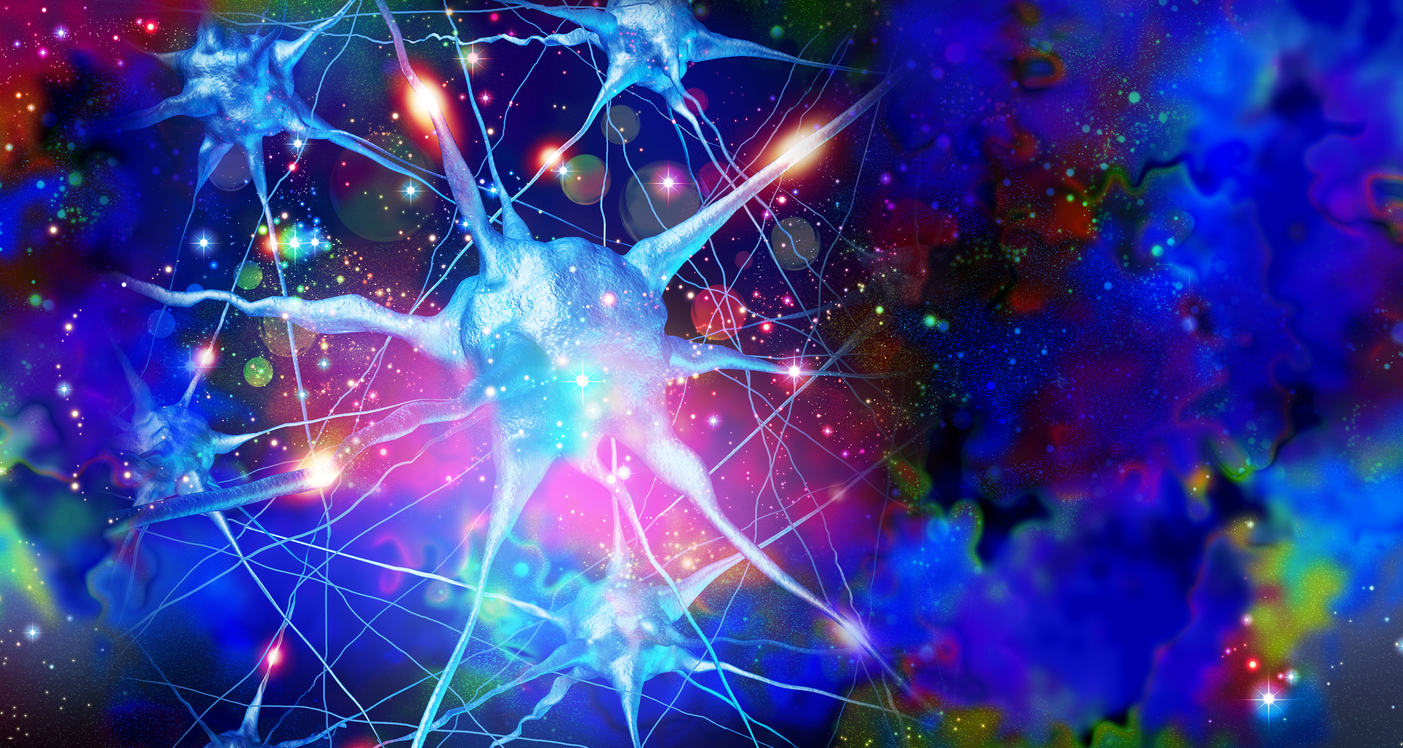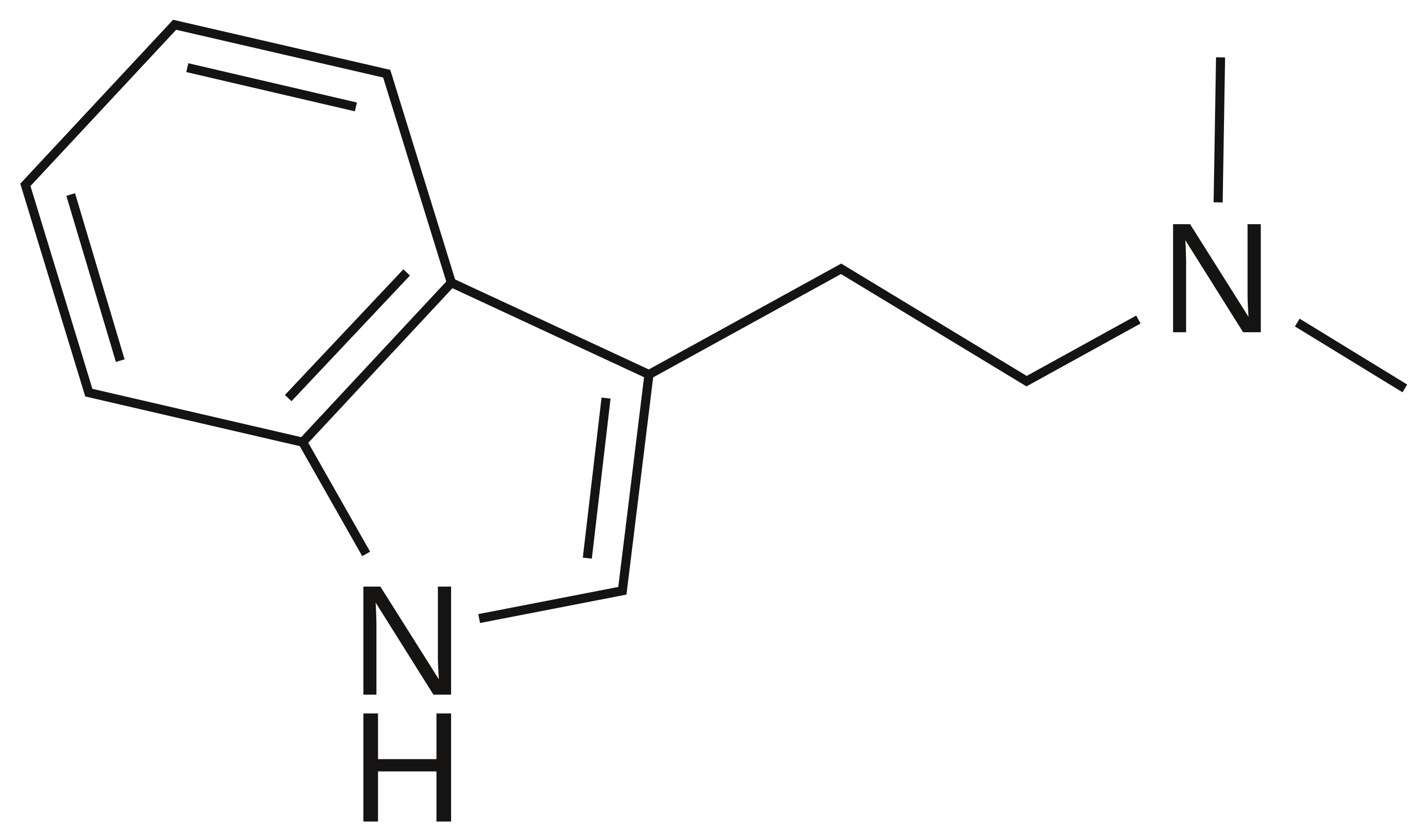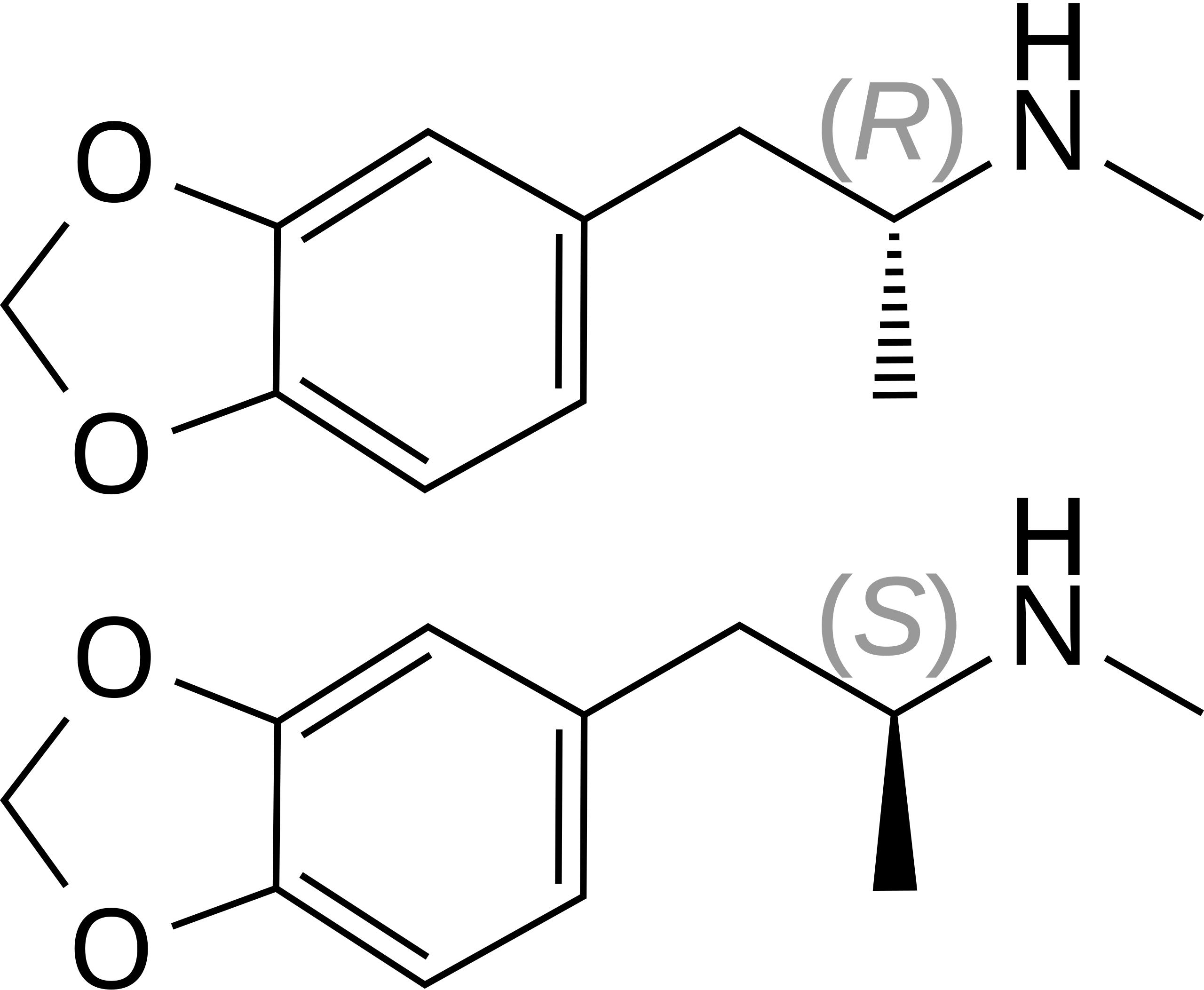What is a Psychedelic?
The term “psychedelic,” literally meaning "mind manifesting" or "soul revealing," was first coined by British psychiatrist Dr. Humphry Osmond. He introduced the word through his correspondence with author Aldous Huxley, whom he dosed with mescaline in 1953, ultimately inspiring Huxley’s seminal 1954 work The Doors of Perception.

This page offers an overview of the major psychedelic medicines currently of clinical interest in mental health and neuroscience. Substances are grouped into the commonly used categories of “classic” and “non-classic” psychedelics. While many of these compounds have been used by Indigenous cultures for millennia, they remain both scientifically fascinating and only partially understood.
Classic psychedelics (such as psilocybin, LSD, DMT, and mescaline) primarily exert their effects through serotonin 5-HT2A receptor agonism, inducing profound shifts in perception, emotion, and cognition. Non-classic psychedelics (including ketamine, MDMA, and ibogaine) act through other neural pathways but share overlapping therapeutic effects, especially in the treatment of depression, PTSD, addiction, and more.
Today, we recognize that all psychedelic medicines, both classic or non-classic, are neuroplastogens given their potential to fundamentally alter mood and behavior well beyond the time window of measurable drug exposure. As to how these powerful medicines can alter the structure and function of the brain leading to lasting behavioral change remains an active and evolving area of research.
Classic Psychedelics
Psilocybin
Psilocybin is a naturally occurring psychedelic compound found in over 100 species of mushrooms, often referred to as “magic mushrooms.” Used ceremonially for centuries in Mesoamerican culture, it wasisolated by Albert Hofmann in 1958.
Psilocybin is metabolized into psilocin, which acts primarily as aserotonin 5-HT2A receptor agonist. It produces visual enhancement, emotional breakthroughs, andmystical-type experiences with a duration of 4-6 hours.
Psilocybin is currently in Phase 3 trials for treatment-resistant depression and major depressive disorder and has received Breakthrough Therapy Designationby the FDA. It is currently in Phase 3 trials for both treatment-resistant depression (Compass) and majordepressive disorder (Usona), with additional Phase 2 trials showing promise for alcohol and nicotinesubstance use disorders.

LSD
Lysergic acid diethylamide (LSD) is a semi-synthetic compound first synthesized by Albert Hofmann in 1938. Its potent psychedelic effects were discovered in 1943. LSD produces significant perceptual alterations, ego dissolution, and altered time perception that may last 8-10 hours. It is a partial agonist at the 5-HT2A receptor and also interacts with dopaminergic and adrenergic systems.
Once widely researched in psychiatry, LSD is now being investigated in modern trials for anxiety disorders, depression, and cluster headaches. It is currently in Phase 3 trials for generalized anxiety disorder and major depressive disorder (MindMed).

5-MeO-DMT
5-MeO-DMT (5-methoxy-N,N-dimethyltryptamine), sometimes referred to as "Bufo," "Toad,"" or the "God molecule,"" is an extremely potent, fast-acting psychedelic compound with a duration of 20–45 minutes when inhaled or insufflated. It is found in the secretions of the Sonoran Desert toad (Incilius alvarius) as well as in various plants.
Unlike DMT, 5-MeO-DMT is not known for elaborate visuals but instead produces a brief, profound experience of ego dissolution or unity. Its primary mechanism is believed to involve 5-HT1A and 5-HT2A receptor agonism. Though currently Schedule I, early studies suggest promise in treating depression, PTSD, and anxiety. Phase 2 trials are currently being conducted for treatment-resistant depression (Beckley-Psytech).

DMT
N,N-Dimethyltryptamine (DMT) is a powerful tryptamine psychedelic found in various plants and also produced endogenously in trace amounts in the human body. When vaporized or injected, DMT causes an intense, short-lived (15-30 minute) psychedelic state featuring vivid visuals, a sense of otherworldliness, and rapid onset. DMT acts as a 5-HT2A agonist.
It is currently being explored in Phase 2 trials as a potential treatment for depression, particularly in fast-acting formats. Phase 2 trials are starting for treatment-resistant depression.

Ayahuasca
Ayahuasca is a traditional Amazonian brew made by combining the leaves of Psychotria viridis, which contain DMT, with the Banisteriopsis caapi vine, which contains monoamine oxidase inhibitors (MAOIs). The MAOIs prevent the breakdown of DMT in the digestive system, allowing for an orally active psychedelic experience lasting 2–6 hours.
Ayahuasca has been used for centuries in ceremonial and healing contexts. It produces deep introspective and emotional experiences. Observational and clinical research suggest potential for depression, addiction, and trauma-related disorders.
Mescaline
Mescaline is a naturally occurring psychedelic alkaloid found in several cacti, including peyote and San Pedro. It has been used in Indigenous North American rituals for more than 5,000 years.
Mescaline acts primarily through 5-HT2A receptor agonism. It produces vivid visuals, heightened empathy, and a long-duration (8–12 hour) psychedelic experience.
Although not currently FDA approved, mescaline is being revisited for its potential to treat anxiety, addiction, and depression.

Non-Classic / Psychedelic-Adjacent Compounds
Ketamine
Ketamine is a dissociative anesthetic developed in the 1960s. Unlike classic psychedelics, ketamine works primarily through NMDA receptor antagonism and downstream glutamate signaling, promoting synaptic plasticity and enhanced neural connectivity. At lower, sub-anesthetic doses used in mental health settings, ketamine can induce dissociation, emotional release, and cognitive flexibility. The subjective
effects typically last 45–90 minutes.
Ketamine is administered via several routes, including intramuscular (IM) injection, intravenous (IV) infusion, and oral lozenges (sublingual or troche forms). It is FDA-approved as an anesthetic, and its S-enantiomer, esketamine (Spravato), is approved for treatment-resistant depression and acute suicidal ideation. Ketamine remains the only psychedelic or psychedelic-adjacent medicine currently available for therapeutic use outside of clinical trials, widely used off-label for depression, PTSD, and suicidality in structured clinical settings.

MDMA
3,4-Methylenedioxymethamphetamine (MDMA) is an entactogen that increases serotonin, dopamine, and oxytocin levels, leading to emotional openness, reduced fear response, and increased interpersonal trust. A typical MDMA-assisted therapy session lasts 4–6 hours.
First synthesized in 1912, MDMA gained attention for its psychotherapeutic potential in the 1970s and 1980s. MDMA has been in late-stage clinical trials for PTSD, with two Phase 3 studies conducted by MAPS Public Benefit Corporation (now Lykos Therapeutics) showing large effect sizes and a favorable safety profile when combined with psychotherapy. However, in 2024, the FDA issued a Complete Response Letter, declining approval and requesting additional data on safety, trial conduct, and potential risks before reconsidering its use as a prescription treatment.

Ibogaine
Ibogaine is a psychoactive alkaloid found in the root bark of the Tabernanthe iboga plant, traditionally used in West African spiritual ceremonies. Ibogaine interacts with multiple receptor systems, including NMDA, kappa opioid, and 5-HT2A receptors. It induces a long-lasting (8-24 hour), intense psychedelic and detoxification experience that can interrupt substance use patterns. Though not FDA-approved, ibogaine is used in addiction treatment clinics internationally, especially for opioid and stimulant dependence.

